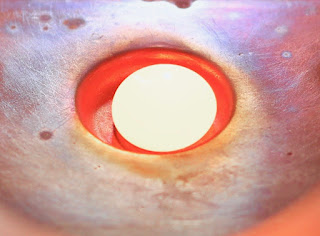Ultimate Robotic Challenge

DARPA's Subterranean Robotic Olympics Robotic Race to Win DARPA, the US Defense Department's Advanced Research Projects Agency, gathered leading roboticists in a Kentucky cave recently and issued its most daring challenge yet. Design robots to navigate some of the most unforgiving environments - a grueling course of tunnels and caves. Triathlon DARPA has split the competition into 3 fields. Tunnel environments with a lot of passageways. Caves with crags, slopes and tight squeezes. And, an urban, bunker like environment with lots of stairs. The winning robot will be the fastest at overcoming all 3 environments. Prestigious Competing Teams NASA's Jet Propulsion Lab, Caltech and Carnegie Mellon are among the competitors. The race starts in August 2019. The key to winning is developing a robot flexible enough to overcome cave, tunnel and urban environments. Some uses of this emerging robotic tech: search and rescue and urban warfare.





